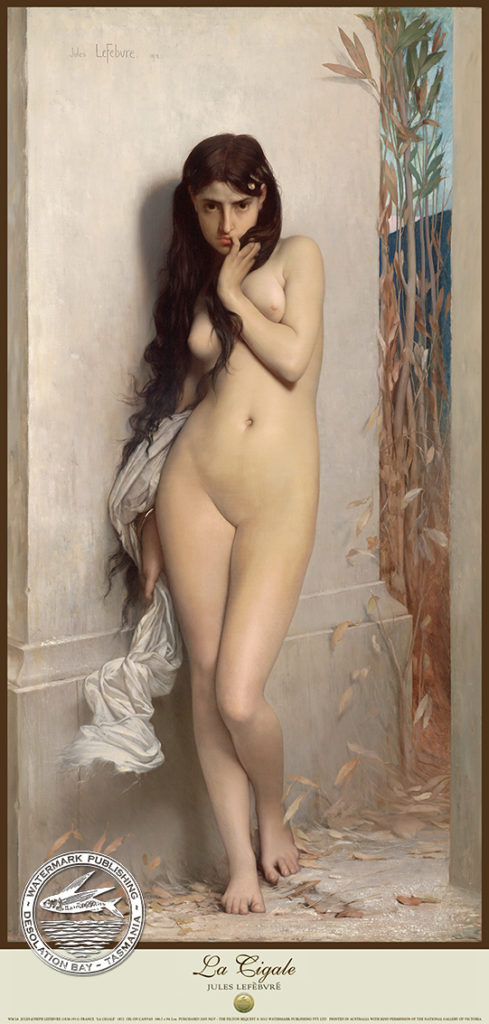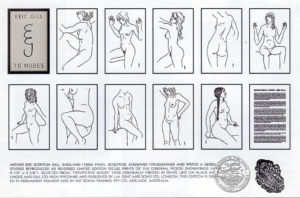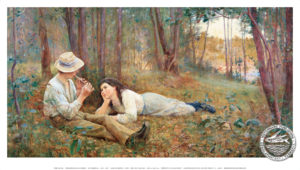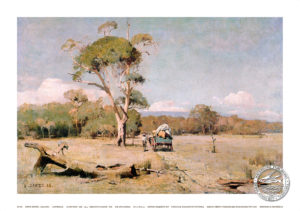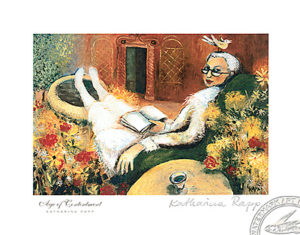Description
The painting “La Cigale”, 1873
“La Cigale” (also known as The Cicada or The Grasshopper) is one of the most famous paintings by Jules Lefebvre (1836–1911), a well-known French academic artist. He finished the painting in 1873. It shows Lefebvre’s great skill in classical art, especially in painting the female figure and expressing deep emotion. The painting shows a young woman with long hair falling down her back. She is holding a white satin sash, which adds a sense of softness and beauty. The sash also has a deeper meaning—it represents the shortness of life and the mix of innocence and experience.
The woman’s calm pose and thoughtful expression give the painting a quiet, peaceful mood. But there is also symbolism. The cicada (a type of insect) is linked to both immortality and life’s short moments in Greek mythology. This creates a contrast between the woman’s stillness and the bigger ideas the painting explores.
“La Cigale” was first shown at the Paris Salon in 1872. People admired it for its skilled painting technique and emotional power. The artwork mixes realistic detail with symbolic meaning, showing how Jules Lefebvre combined classical style with modern ideas. Today, the painting is in the Musée d’Orsay in Paris.
The artist Jules Lefebvre (1836-1911)
Jules Lefebvre (1836–1911) was a famous French painter and teacher. He was best known for his portraits and paintings of the human body, especially female nudes. Lefebvre was born in Tournan-en-Brie, France. He studied art in Paris at the École des Beaux-Arts, where his teacher was Léon Cogniet. In 1861, he won the Prix de Rome, a top art prize that let him study in Italy.
Lefebvre’s paintings are known for their fine detail, bright colours, and classical balance. He showed many of his works at the Paris Salon and won several awards. He is also well known for his paintings “Truth (1870)”, and “Chloe (1875)”. “Chloe” is on display at the Young & Jackson Hotel in Melbourne, Australia, and is also available as a print from us.

